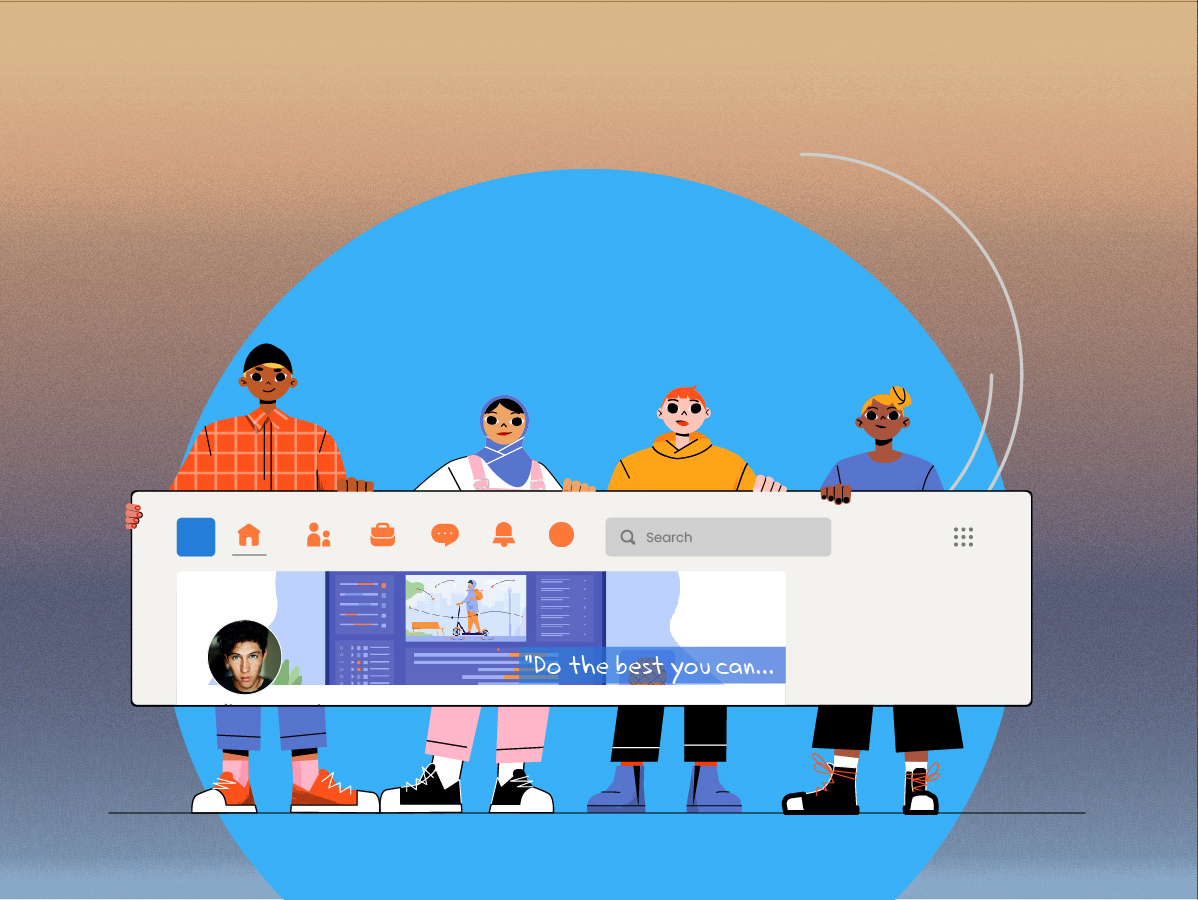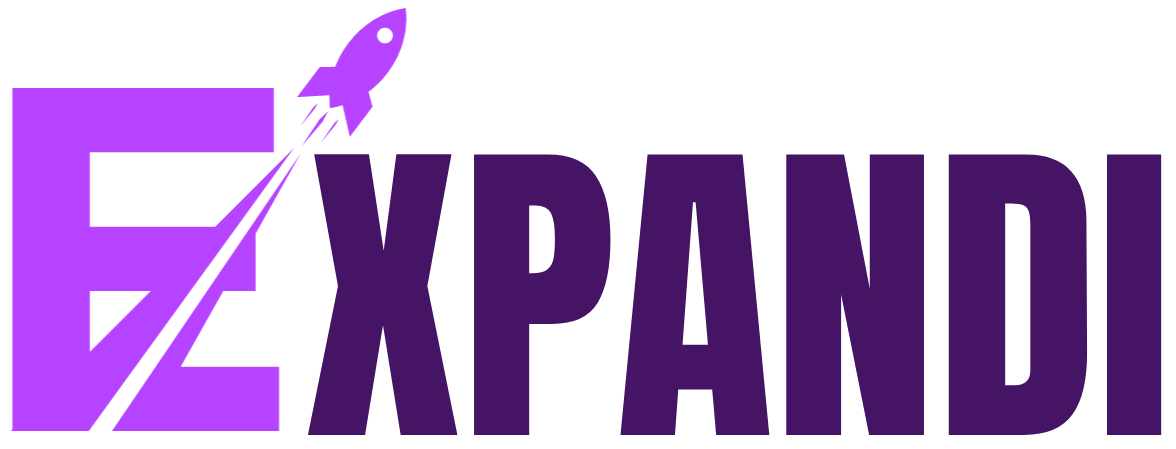LinkedIn automation has become a popular tool for B2B businesses, including education B2B lead generation. With its vast user base, LinkedIn provides a unique opportunity for education businesses to connect with potential customers, share their message, and generate leads. However, the sheer size of the platform can be overwhelming, and manually reaching out to each prospect can be tedious and time-consuming.
LinkedIn automation solves this problem by automating repetitive tasks, allowing businesses to focus on more strategic activities. By using automation, businesses can send personalized connection requests and follow-up messages at scale, resulting in a higher response rate and, ultimately, more leads.
But LinkedIn automation isn’t just about saving time. It’s also about building relationships. By leveraging automation, businesses can send personalized messages to prospects, showing that they understand their pain points and needs. This personal touch can help to establish a rapport with potential customers and create a sense of trust and credibility.
However, it’s important to note that LinkedIn automation isn’t a silver bullet. It’s crucial to strike a balance between automation and personalization. Too much automation can come across as spammy and impersonal, potentially damaging the reputation of a business.
In summary, LinkedIn automation can be an incredibly powerful tool for education businesses looking to generate leads and grow their network. By leveraging automation, businesses can save time, build relationships, and ultimately increase their bottom line.
4 Step Strategy For Education B2B Lead Generation
Let’s learn about four steps for using LinkedIn automation for education B2B lead generation.
1. Understand your target audience
One of the most critical aspects of successful lead generation is understanding the target audience. Without a clear understanding of who your ideal customer is, it’s challenging to create a personalized message that resonates with them.
Here are some tips for understanding your target audience when using LinkedIn automation for education B2B lead generation:
- Identify the target audience: When outlining your target audience, you should consider factors such as industry, job title, company size, and location. By narrowing down the target audience, businesses can create a more focused and targeted message that is more likely to resonate with potential customers.
For example, Udemy is an online learning platform that provides courses on various topics. Their target audience consists of students and course creators who have expertise in a particular field and are interested in sharing their knowledge with others.
- Create buyer personas: Once the target audience has been identified, it’s time to create buyer personas. A buyer persona paints a picture of the ideal customer. It includes their name, age, pain points, goals or dreams, etc. By creating buyer personas, businesses can better understand the needs and requirements of potential customers, enabling them to tailor their message accordingly.
- Analyze the pain points of your target audience:To create an effective outreach campaign, you need to understand the pain points of your target audience to tailor your message accordingly. Education businesses should analyze their potential customers’ challenges and identify how their product or service can solve these problems.
For example, an EdTech company provides schools with solutions for managing student data. Hence, their target audience or potential customer is schools. The pain point of these schools may be that they use outdated technology that needs to be faster and more efficient.
- Craft a personalized messageFinally, crafting a personalized message is crucial for successful lead generation. Using the information gathered from buyer personas and pain point analysis, businesses can create a message that speaks directly to the needs and requirements of potential customers.
The message should be personalized, relevant, and valuable, demonstrating that the business understands its potential customers’ challenges and has the expertise to provide a solution.
Here’s an example of a personalized LinkedIn InMail:
Subject Line: Congratulations on Your Recent Award!Hello [First Name],
I hope this message finds you well. My name is [Your Name], and I work for [Company Name], a provider of innovative EdTech solutions for K-12 schools. I came across your LinkedIn profile and noticed that your school was recently recognized for its outstanding commitment to student achievement. Congratulations on this impressive accomplishment! As a fellow education professional, I know how hard it can be to create a successful learning environment, and I admire the work that you and your team have done.At [Company Name], we specialize in online platforms that can help schools to manage their student data, communicate with parents, and track student progress. We believe that technology can be a powerful tool to enhance student achievement, and we have seen firsthand the impact that our solutions can have on schools like yours.
I would love to learn more about your school and discuss how our platform can help to support your student achievement initiatives. If you are interested in learning more about how [Company Name] can support your school’s goals, please let me know. I would be happy to schedule a call at your convenience to discuss further.
Look forward to hearing from you soon.
Best regards,
[Your Name]In summary, understanding the target audience is critical for successful lead generation when using LinkedIn automation for B2B education businesses. By identifying the target audience, creating buyer personas, analyzing pain points and requirements, and crafting a personalized message, you can create a more targeted and effective lead generation campaign.
2. Set up your LinkedIn account
Before diving into lead generation using LinkedIn automation, it’s essential to ensure that the LinkedIn account is set up correctly. Here are some tips for setting up a LinkedIn account for education B2B lead generation:
Create an optimized LinkedIn profile
The first step is to create a professional and optimized LinkedIn profile. The profile should be complete, including a professional headshot, LinkedIn headline, about section, and work experience. Education businesses should also include keywords relevant to their industry and target audience, making it easier for potential customers to find them.Build a strong network
Building a strong network is critical for successful lead generation. Education businesses should connect with industry professionals, potential customers, and other relevant individuals.Related Read: How To Grow Your Network Relevancy On LinkedIn?
Join relevant groups
Joining relevant groups is another way to expand the network and connect with potential customers. Education businesses should search for groups relevant to their industry and join them.By participating in group discussions and sharing valuable information, you can establish your business as a thought leader.
Publish informative content
Publishing informative content is an excellent way to showcase expertise and attract potential customers. Education businesses should publish articles, videos, and other content relevant to their target audience.This way you can position yourself as experts in your field, increasing the likelihood of attracting potential customers.
For example, you can share articles, infographics, or reports that highlight the latest trends, research, and insights within the education sector. You can also share best practices related to corporate training, e-learning, or professional development. This content will help education professionals implement effective learning solutions.
Setting up a LinkedIn account correctly is essential for successful lead generation. By creating a professional and optimized profile, building a strong network, joining relevant groups, and publishing informative content, education businesses can increase their visibility and attract potential customers.
3. Select the right LinkedIn automation tool
Selecting the right LinkedIn automation tool is critical for successful lead generation. Here are some key features to look for in a tool:
Customization and personalization
The automation tool should allow customization and personalization of messages. Education businesses should be able to create personalized messages that address the specific pain points and requirements of potential customers.Campaign management
The tool should provide campaign management features, allowing businesses to create automated LinkedIn campaigns. For example, expandi is a LinkedIn automation tool with robust campaign management features.The tool lets you set up automated campaigns for the following actions: follow up message, follow profile, follow company, skill endorsement, connection request, visit profile, open InMail, email, like a post.

Analytics and reporting
Analytics and reporting features are essential for measuring the effectiveness of the lead generation campaign. The tool should provide detailed analytics and reporting, allowing businesses to analyze the performance of their campaign and make data-driven decisions.Integration with CRM tools
Integration with CRM tools is crucial for lead management. The automation tool should integrate seamlessly with CRM tools, allowing businesses to manage leads and track their progress through the sales funnel.For example, expandi seamlessly integrates with other tools, such as Hubspot, Freshsales, and Zoho.

Compliance with LinkedIn policies
The automation tool should comply with LinkedIn policies to avoid account suspension or other penalties. Education businesses should ensure that the tool they choose follows LinkedIn’s policies for automation and does not violate any rules.Selecting the right LinkedIn automation tool is critical for successful lead generation. Education businesses should look for a tool that allows for customization and personalization, provides campaign management features, offers analytics and reporting, integrates with CRM tools, and complies with LinkedIn policies.
By choosing the right tool, education businesses can streamline their lead generation efforts and increase their chances of success.
4. Launch an automated campaign
Once the LinkedIn automation tool is selected, the next step is to create and launch an automated campaign. Here are some key steps to follow:
Draft the messaging sequence
Education businesses should draft a messaging sequence that includes personalized messages to be sent to potential customers. The messaging sequence should address the pain points and requirements of the target audience, highlighting the value that the business offers.Set up triggers and conditions
The automation tool should be set up to trigger messages based on specific conditions. For example, businesses can set up triggers to send messages to potential customers who have viewed their LinkedIn profile or those who have engaged with their content.The tool should also be set up to follow LinkedIn’s policies for automation, such as message frequency limits and anti-spam rules.
Test the campaign
Before launching the campaign, it’s important to test the messaging sequence and triggers to ensure that they are working correctly. Education businesses should test the campaign with a small group of potential customers to identify any issues or areas for improvement.Launch the campaign
Once the messaging sequence and triggers have been tested and refined, the campaign can be launched. Education businesses should monitor the campaign’s progress, tracking response rates and adjusting the campaign as necessary.In summary, creating and launching an automated campaign involves drafting the messaging sequence, setting up triggers and conditions, testing the campaign before launching, and monitoring its progress.
By following these steps, education businesses can increase their chances of success in lead generation using LinkedIn automation.
Tips For Successful Education B2B Lead Generation
Here are some tips for using LinkedIn automation to generate leads for education B2B businesses:
Stay within LinkedIn’s policies
LinkedIn has strict policies regarding automation. Education businesses should ensure that they comply with these policies to avoid penalties such as account suspension. Key policies to keep in mind include message frequency limits, anti-spam rules, and restrictions on using LinkedIn’s API.Test and refine the messaging
Testing and refining the messaging is crucial for successful LinkedIn automation. Education businesses should test the messaging sequence with a small group of potential customers before launching the campaign. By testing and refining the messaging, businesses can increase their chances of engagement and conversion.Monitor the campaign’s progress
Monitoring the campaign’s progress is critical for successful LinkedIn automation. Education businesses should track response rates and adjust the campaign as necessary. By monitoring the campaign’s progress, businesses can identify areas for improvement and optimize the campaign for maximum impact.Use the right tools
Choosing the right automation tool is essential for successful lead generation. Education businesses should select a tool that offers the features they need, such as personalized messaging, trigger-based messaging, and integration with CRM tools. The tool should also be easy to use and provide analytics to track the campaign’s progress.Successful LinkedIn automation for education B2B lead generation requires staying within LinkedIn’s policies, using high-quality data, testing and refining the messaging, monitoring the campaign’s progress, and selecting the right tools.
By following these tips, education businesses can increase their chances of success in lead generation using LinkedIn automation.
Wrapping Up
In conclusion, LinkedIn automation can be a powerful tool for education B2B lead generation. By identifying the target audience, creating a personalized message, and selecting the right automation tool, education businesses can increase their chances of success.
It is essential to stay within LinkedIn’s policies, use high-quality data, test and refine the messaging, monitor the campaign’s progress, and select the right tools for successful LinkedIn automation. Additionally, providing value through content, focusing on quality over quantity, and building relationships with potential customers are essential for successful lead generation.
In today’s competitive marketplace, education businesses must stay ahead of the competition by using all available tools, including LinkedIn automation, to generate leads and build a loyal customer base. By following the tips and strategies outlined in this article, businesses can optimize their LinkedIn automation campaigns for maximum impact and increase their chances of success.
For a successful LinkedIn outreach journey, remember to sign up to the 30-day free trial of expandi today!








